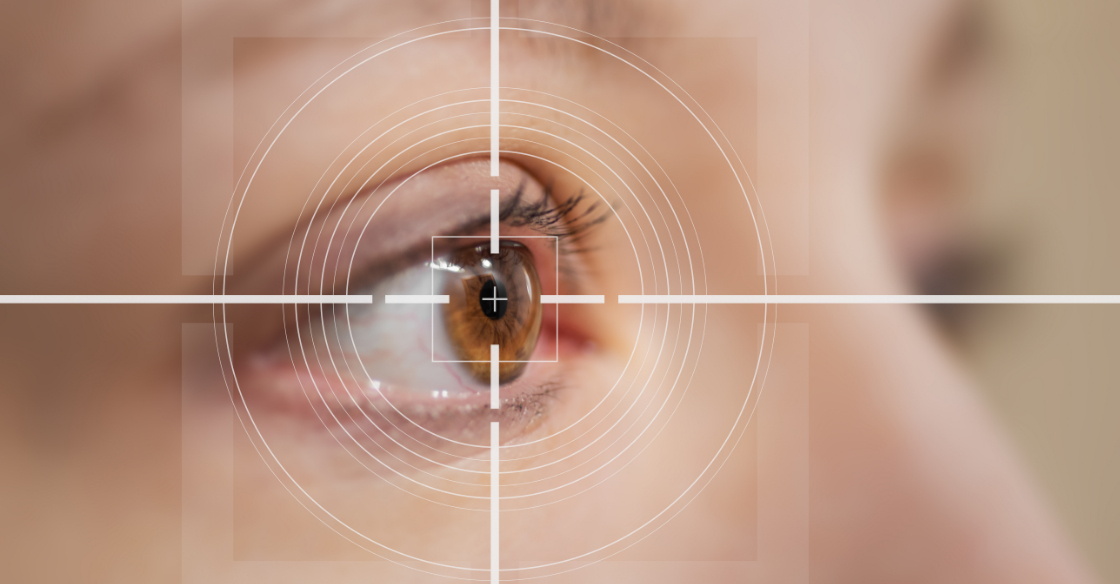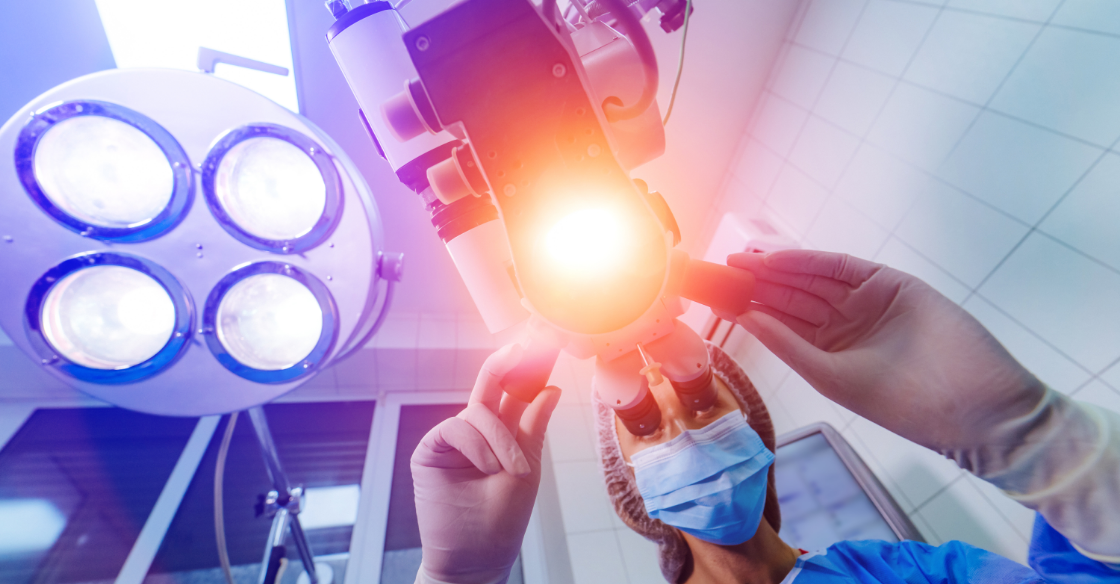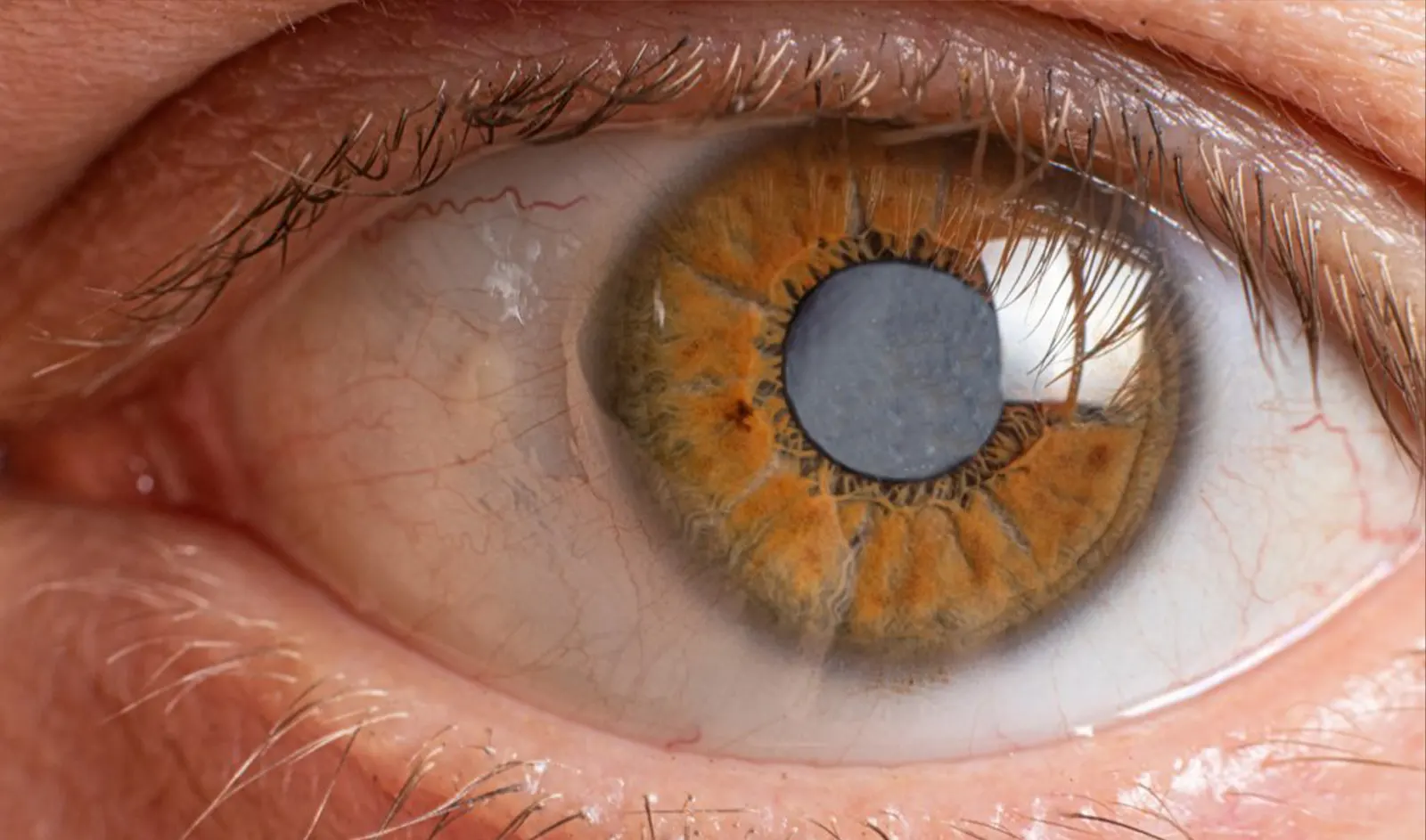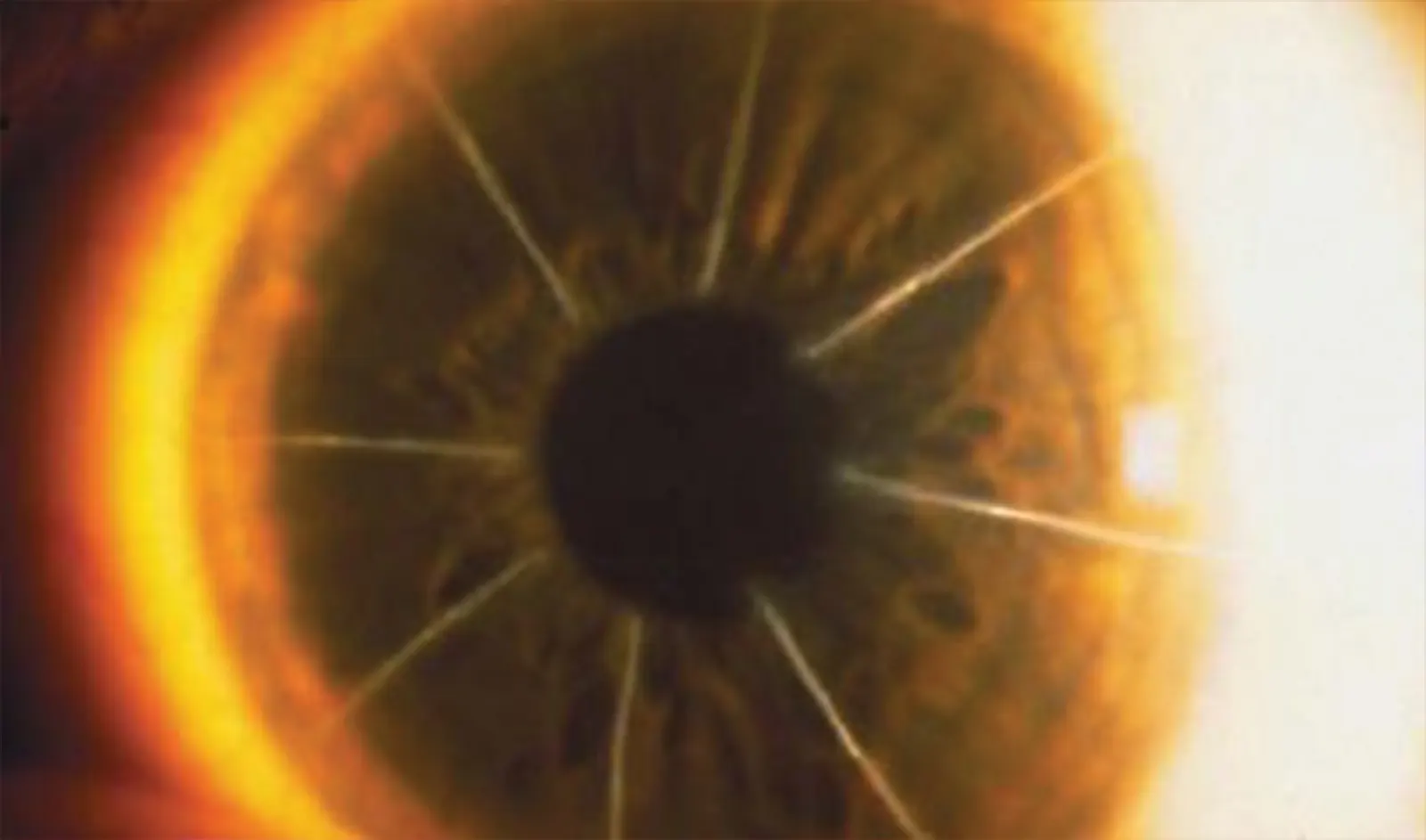There are several options for correcting refractive error surgically. Laser-Assisted In Situ Keratomileusis (LASIK) and Photorefractive Keratectomy (PRK) are the most common procedures. Small-Incision Lenticule Extraction (SMILE) and Implantable Contact Lens (ICL) are also used occasionally. Radial Keratotomy (RK) has largely fallen by the wayside due to the superior outcomes of newer surgical techniques.
Let’s look at each of these procedures in more detail.
One of the big differences between LASIK and PRK involves the preparation of the cornea before the laser ablation is applied. In LASIK, a flap is created from two corneal layers using a laser or blade. The flap is made up of the outermost cornea, the epithelium, and part of a deeper layer called the stroma.
In PRK, no flap is created but rather only the epithelium is removed. The corneal epithelium is made up of a single layer of cells and therefore very little tissue is removed. In traditional PRK, this process is done mechanically. There are a couple of variants of PRK, epi-LASIK, and LASEK, that use slightly different methods to remove the epithelium. In epi-LASIK, a tool called an epikeratome is used, while in LASEK, alcohol is used. Once the epithelium has been removed, the laser treatment can be applied.
PRK, epi-LASIK, and LASEK are great options for patients with thinner corneas since they involve less tissue removal than LASIK. These procedures can also benefit patients with high refractive errors because they require more tissue removal to correct their vision.
One example that Dr. Motwani successfully treated with epi-LASIK was a physician with 11.00 Diopters of myopia and 1.50 Diopters of astigmatism. His vision was 20/20 after the procedure! Dr. Motwani himself also had high refractive error prior to laser correction.
By using PRK, epi-LASIK, or LASEK, patients avoid the need for a more invasive procedure like ICL. ICLs pose a risk for several complications, such as cataract formation, corneal damage, internal eye infection (endophthalmitis), and retinal problems.

Myopia is a refractive error in which people have trouble seeing distant objects. It’s sometimes referred to as nearsightedness. In myopia, the central cornea tends to be steeper in curvature than the peripheral cornea. This shape is referred to as prolate.
Hyperopia is a refractive error in which people have trouble seeing near objects. It’s often referred to as farsightedness. In hyperopia, the central cornea tends to be flatter than the peripheral cornea. This shape is described as oblate.
In myopic PRK, the laser ablation is focused on flattening out the central cornea. This is in contrast to hyperopic PRK, where the laser treatment is focused on the paracentral area. The tissue in the central cornea is thinnest, so in myopic PRK the ablation is concentrated on a thinner area of tissue than in hyperopic PRK.
Unlike LASIK, PRK is done one eye at a time to allow for recovery between surgeries. The cornea takes about 3-4 days to heal after each procedure. During this time, the patient may continue normal activities such as watching television, using the computer, going shopping, etc. Driving, however, is not recommended. The use of pain-relieving eye drops and ibuprofen make the healing experience more comfortable.

In order to provide the most customized treatment, ablation can be guided by corneal topography. Corneal topography provides a map of the curvature of the cornea. The Wavelight Contoura system is the most powerful corneal topographic system available in the United States. It is approved by the Food & Drug Administration (FDA) for primary laser correction.
Not only does topography help to guide the correction of myopia, astigmatism, and hyperopia, but it also helps to remove subtle corneal irregularities causing visual problems. With the help of the Wavelight Contoura, each of the 22,000 discrete points on the cornea can be fine-tuned to the appropriate curvature. This allows for treatment to be truly customized to the individual. The treatment of high myopia is particularly complex and custom PRK can be especially beneficial in these cases.
Sometimes, PRK doesn’t go as planned, leaving refractive error under- or over-corrected or the cornea irregular. This can lead to symptoms such as blur, halos, glare, eyestrain, and headache. The Wavelight Contoura system can be used to correct the resulting under- or overcorrection and/or corneal irregularity. The topographical map can identify the areas that would benefit from treatment, smoothing out the cornea to create a regular surface.
Whether PRK is done for myopia, hyperopia, or astigmatism, it is imperative that it be done with as much accuracy and precision as possible. Custom PRK treatment allows for this with topography-guided ablation. It can also be used to repair PRK to restore a smooth corneal surface. Even in high refractive errors, Dr. Motwani has successfully used flapless laser vision correction procedures to correct vision to 20/20!

Cataract Surgery is the most performed surgical procedure in the United States, and has a phenomenal track record for improving…
Read More
The treatment of trauma with topographic-guided ablation depends on the level of scarring caused by the trauma, the position of…
Read More
In the dynamic world of eye care, keratoconus treatment has become a focal point due to the condition’s impact on…
Read More